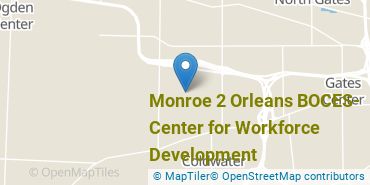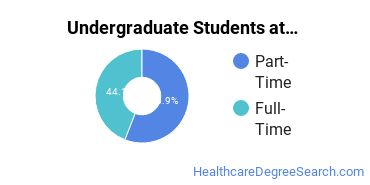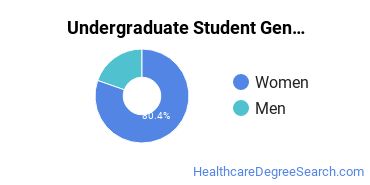Monroe 2 Orleans BOCES-Center for Workforce Development Healthcare Programs
Located in Spencerport, New York, Monroe 2 Orleans BOCES-Center for Workforce Development is a public institution. The suburban atmosphere of Spencerport makes it a great place for students who want the amenities of city life without actually living in the middle of a constant hustle and bustle.
Featured schools near , edit
Where Is Monroe 2 Orleans BOCES-Center for Workforce Development?

Contact details for BOCES 2 CWD are given below.
| Contact Details | |
|---|---|
| Address: | 3589 Big Ridge Rd, Spencerport, NY 14559 |
| Phone: | 585-349-9100 |
| Website: | www.monroe2boces.org |
How Do I Get Into BOCES 2 CWD?
You can apply to BOCES 2 CWD online at: registration.xenegrade.com/m2boces/checkoutsignin.cfm
Can I Afford Monroe 2 Orleans BOCES-Center for Workforce Development?
Student Loan Debt
It's not uncommon for college students to take out loans to pay for school. In fact, almost 66% of students nationwide depend at least partially on loans. At BOCES 2 CWD, approximately 54% of students took out student loans averaging $9,438 a year. That adds up to $37,752 over four years for those students.
Monroe 2 Orleans BOCES-Center for Workforce Development Undergraduate Student Diversity

Gender Diversity
Of the 45 full-time undergraduates at BOCES 2 CWD, 29% are male and 71% are female.

Racial-Ethnic Diversity
The racial-ethnic breakdown of Monroe 2 Orleans BOCES-Center for Workforce Development students is as follows.

| Race/Ethnicity | Number of Grads |
|---|---|
| Asian | 0 |
| Black or African American | 13 |
| Hispanic or Latino | 4 |
| White | 23 |
| International Students | 0 |
| Other Races/Ethnicities | 5 |
Monroe 2 Orleans BOCES-Center for Workforce Development Healthcare Concentrations
The table below shows the number of awards for each concentration.
| Major | Undergraduate Certificate | TOTAL |
|---|---|---|
| Dental Assisting/Assistant | 8 | 8 |
| TOTAL | 8 | 8 |
References
*The racial-ethnic minorities count is calculated by taking the total number of students and subtracting white students, international students, and students whose race/ethnicity was unknown. This number is then divided by the total number of students at the school to obtain the racial-ethnic minorities percentage.
More about our data sources and methodologies.
